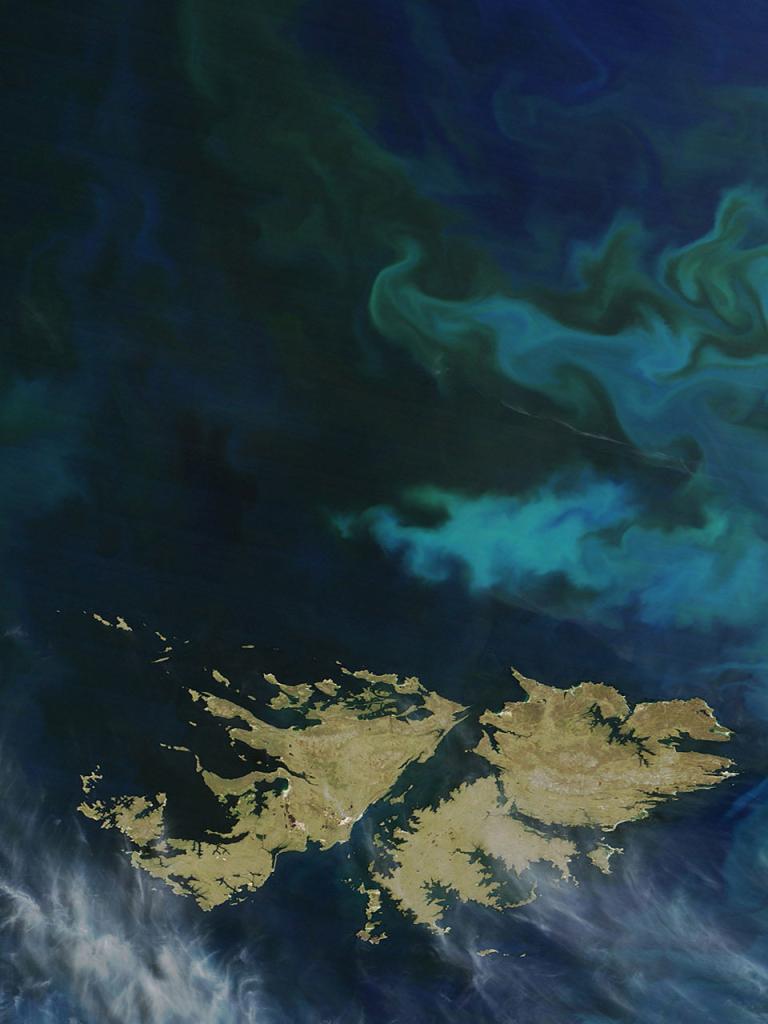07 October 2024
20 June 2024
About
The key objective of this study is to improve the quality of blurred images, enabling more accurate calculations of wind speeds, particularly near coastlines. This study will focus on developing and testing algorithms that, if proven effective, could serve as a baseline for improving ASCAT and SCA data processing.

Objectives
The study aimed to develop and test at least two algorithms for deblurring ASCAT and SCA data.
The steps of the study included:
- Conducting a brief review of deblurring algorithms.
- Identifying the key characteristics of ASCAT and SCA data that influence the selection of algorithms.
- Selecting two or more algorithms with the highest potential for successfully deblurring ASCAT and SCA data.
- Implementing and testing the chosen algorithms.
Consideration has been given to operational needs, such as the robustness and speed of the algorithms, as well as their potential for parallelisation.
Overview
After conducting an extensive literature review, the following deblurring strategies were selected and analysed:
- Maximum a Posteriori (MAP) image reconstruction estimates, specifically designed for noise regularization. Two filter-based implementations were tested, distinct from the one previously developed by Williams and Long (2011).
- The Scatterometer Image Reconstruction (SIR) algorithm (Long et al., 1993). This technique has been widely utilized with scatterometers over stable features. In this study, the challenge was to apply it using single-pass images.
The report delivered at the conclusion of Work Package 1 describes three algorithms (MAP-TSVD, MAP-Tikhonov, and SIR) that were tested for deblurring ASCAT and anticipated SCA images. All three algorithms exhibited notable improvements in deblurring the original images.
All of the aforementioned algorithms were ultimately implemented: SIR, MAP-TSVD, MAP-Tikhonov, and a simplified version of the latter, MAP-Tikhonov Numerical.
The results of the implementation tests are detailed in the Software Validation and Verification Report issued at the conclusion of Work Package 4. The following tests were conducted:
- Visual comparison between input and deblurred data against the GSHHS shoreline.
- Accuracy assessment of shoreline detection.
- Calculation of mean ocean backscatter (MOB) for both input and deblurred images.
- Performance evaluation.
The algorithms were applied to input netCDF files, and output netCDF files were generated. In each case, a 20-pixel width area across the entire swath was deblurred. The analysis specifically focused on the vicinity of the following islands: Bear, Borkum, Niue, Orkneys, Paros, and Rarotonga. Each input data set originates from a different scatterometer beam.
The visual comparison between the raw and deblurred data against the shoreline indicates an improvement in resolution with the application of any of the proposed algorithms. However, the outputs of MAP-Tikhonov, MAP-Tikhonov Numerical and TSVD exhibit a distortion - a darker halo surrounding the island image, which is not observed in the case of SIR implementation. Despite this enhancement, none of the algorithms were able to restore the Borkum Island, which remained indistinguishable from the European coast in the input data. A similar issue was observed for individual islands from Orkneys archipelago.
The MOB test indicates a significant similarity in average pixel values for open water areas between the input and output, with no notable variations among algorithms.
Regarding performance, the quickest method to achieve results is through the utilisation of SIR. Among the MAP algorithms, TSVD and the analytical implementation of the Tikhonov algorithm offer comparable speeds. However, by employing the numba package and executing the code in a loop, further performance enhancements are achievable.

